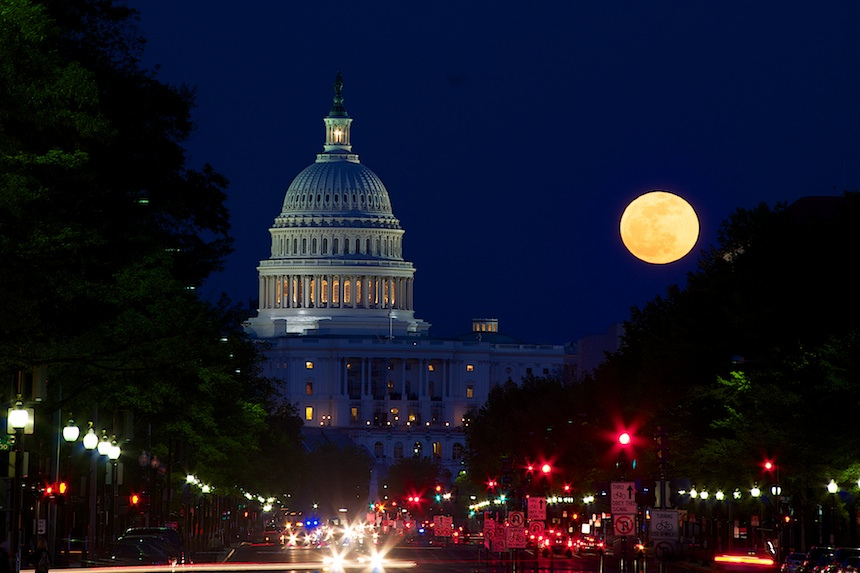
When you think of astrophotography, you probably think of mind-blowing Hubble images, but you don’t need a billion dollar space telescope to image the night sky. In fact, most hobby photographers have all they need already in their bag, or can cheaply rent from a local camera shop. And right now you have a unique opportunity to get started. Comet ISON has been visible with the naked eye just before dawn for the last few days, and may get even brighter before it reaches perihelion, its closest point to the sun as it swings around, on November 28. If ISON manages to survive its close encounter, you might get a second chance to catch it in camera over Thanksgiving weekend.
Here’s some history about Comet ISON, discovered in September 2012, its current status, and where you can find it in the sky.
Or try your hand at night sky photography almost anytime with the moon, which was full on Sunday night and will start to reveal its shadowy craters as it wanes for the next couple weeks. To get you started on your first night sky shoot, we asked some practiced local photographers, Phil Yabut, Brett Davis, Brian Mosley, Pablo Benavente, and Exposed’s Sanjay Suchak for their advice.
Exposed: What do you like to photograph in the night sky?
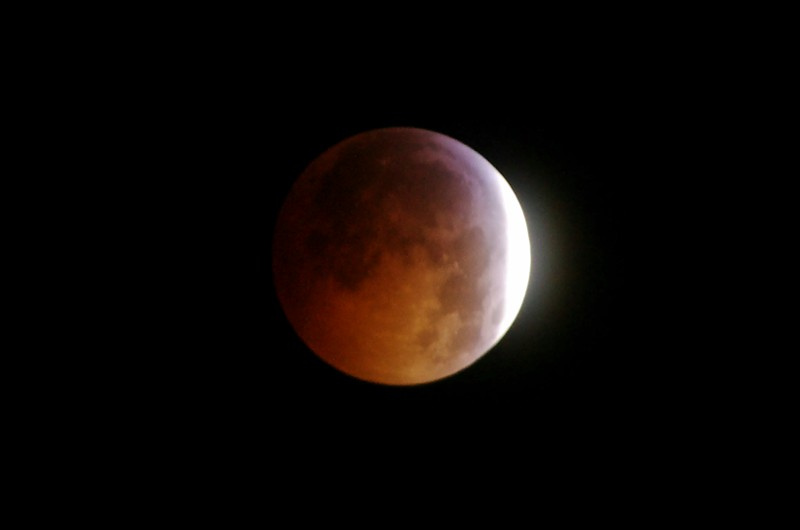
Phil Yabut (who has also photographed nine comets!): I go out on planned meteor shower nights or special events like planet conjunctions or bright comets. Because of equipment limitations, I can’t do deep-sky objects like galaxies or most nebulae, so I take what I can get: planet conjunctions, popular constellations/asterisms, bright clusters like the Pleiades and Hyades, bright comets, and meteors. I did have the opportunity to shoot the Magellanic Clouds when I was in southern Zimbabwe last year, but had only one clear night in 2 weeks (damn rainy season). And of course, there’s the moon, which is a special case since you don’t need special equipment to shoot it, just a 200+mm lens and some patience to get the exposure level just right.
Brett Davis: I have mostly photographed the rising moon, although I did recently photograph the Lunar Atmosphere and Dust Environment Explorer (LADEE) mission that NASA launched from Wallops Island. That one was particularly easy; I just walked down to the Capitol, joined the crowd on the steps, looked where they were looking and took a couple of hand-held shots.
Brian Mosley: I’ve mainly done the moon, wide star fields, and some solar photography. I’m particularly proud of my shots of the transit of Venus last year.
Pablo Benavente: Mostly the moon. The urban design of this city allows for different points of view where the moon can be photographed as it rises behind the Capitol building, which is a great point of reference. A couple of years ago I photographed the Milky Way in Peru, not the best photo ever [Ed. — disagree!] but I submitted it to the Astrometry group on Flickr, and they found all the galaxies and important stars on it, pretty cool.
Sanjay Suchak: I’m more often photographing the entire night sky with a long exposure than aiming at a particular celestial body, however I’ve tried my hand at photographing the transit of Venus and the moon several times.
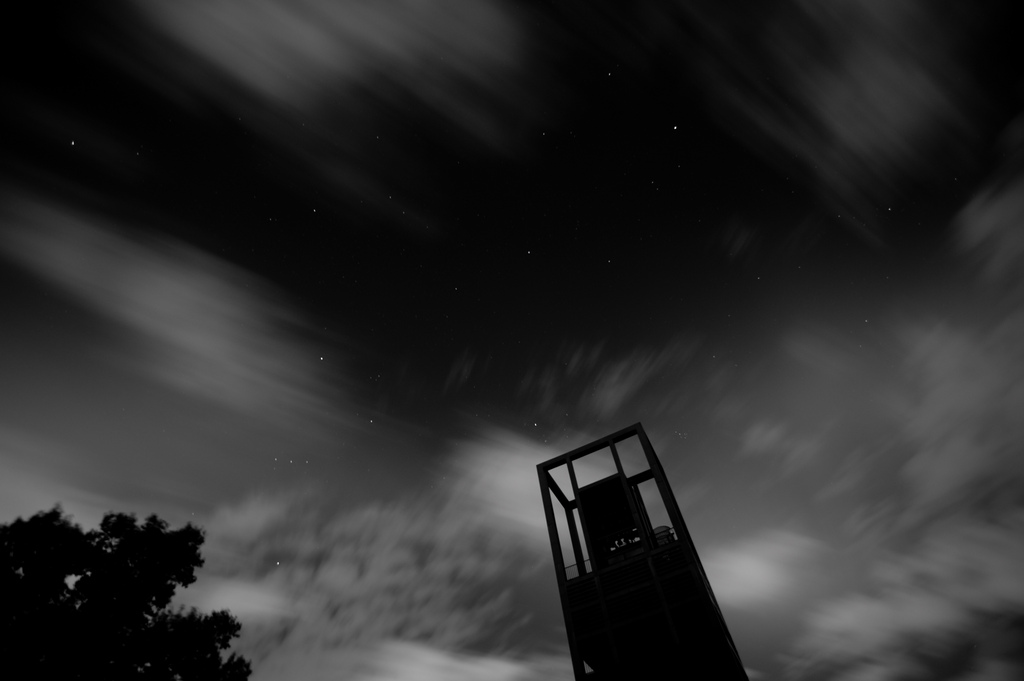
Exposed: What basic equipment do you need for night sky photography?
Yabut: I only have my Pentax K-7 DSLR camera. My best night sky lenses are a 50mm f/1.4 and a 28-70mm f/2.8, but I use my less-than-ideal 28-300mm f/3.5-6.3 for closeups. I do have a simple image stacking program (Rot ‘n’ Stack), which opens up things for me with what I have to shoot. What I really need is a scope with a tracker, but it’s not on the agenda at this time.
Davis: For moon shots, just a tripod and the longest lens I have on hand. My best moon photograph was done with an old Vivitar Nikon-mount 200mm f/3.5 lens on a Nikon D40x body. I also shot one moon effort with a tiny Pentax Q fitted with a 100mm Canon rangefinder lens, which on that camera was something like a 550mm lens.
Mosley: I typically use my reflector telescope with a T-ring adapter for my Nikon DSLR, which I got from Orion Telescopes; neither is all that special or high end. Or I put my DSLR, with my longest telephoto lens, onto my regular tripod and pick shots that are bright and shorter shutter speeds. What you most need for astrophotography is a good astronomy tripod (and tracking motors if you can afford them). You can get by with a regular photography tripod, but an equatorial mount will help you track an object, allowing you to take longer shots of dimmer objects. If you know what you’re doing, there are filters that will block out city light pollution, but they get really expensive and don’t block out everything. A better solution is to drive out into the country for darker skies.
Benavente: I use my 50-300mm lens and my DSLR mounted on a tripod plus a remote control or cable release (depending on which one I find first!). If you don’t have a cable release, the shutter delay of 2 seconds may work well. I don’t have a fancy tripod, I think I bought it for around $100 including the ball head. The ball head is important since it makes it easier to make adjustments as the moon moves up. The Capitol dome and monuments are lit at night, and their brightness is similar to the moon when it’s low on the horizon, so filters are not necessary.
Suchak: I use a digital SLR which has a tolerance for high ISO photography. Additionally for the moon I use a 400mm lens with a 1.4x teleconverter. I happen to have a lens for sports photography but even a much more affordable lens with a large zoom should work.
For my night photos where I do a time lapse or wide shots (like stars over the mountains) I have an old Nikon 58mm 1.2 Noct lens which is very sharp at 1.2. So I can use that lens focused at infinity at it 1.2. The results can be stunning.
Finally a sturdy tripod. Movement will ruin your shots and most people can’t hold a lens steady enough for that long. When I’m hiking and I don’t want to bring a tripod I figured out that a bag with a zipper (kind of like a pillowcase but half the size) was an essential item. I can fill it with sand I find on location or perhaps dried beans or something else on hand. Then I can place the bag on a rock or the roof of a car and mold it to hold my camera in the direction I want. Not a perfect solution but as a photographer who hates carrying stuff when hiking or traveling it’s been wonderful.
Exposed: What special equipment do you need to photograph a solar transit?
Yabut: I have a Thousand Oaks R-G solar filter, which I used for the 2012 Venus transit, and will use for the upcoming eclipses next October and in August 2017.
Mosley: For the transit, I jerry-rigged my solar filter onto my 70-300mm lens, which allowed me to not deal with a telescope or tripod to get the shots. [A solar filter is] a baseline requirement for shooting the sun. Please, no one should burn out their eyes or their camera’s sensor looking at the sun unaided.
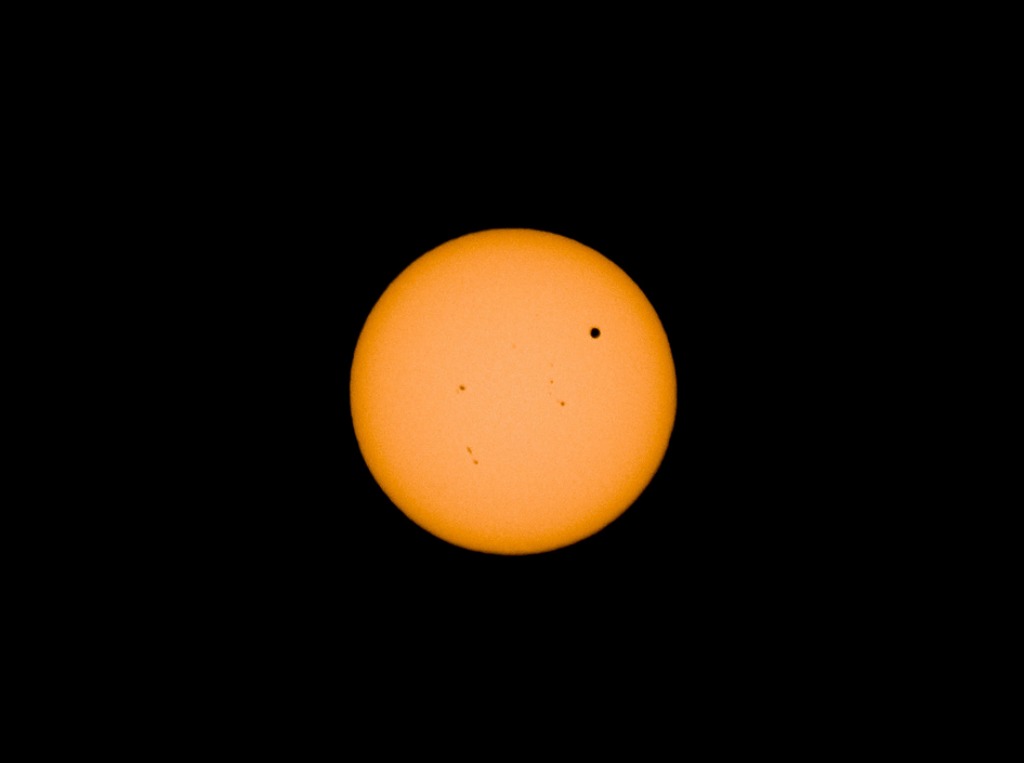
Exposed: How do you choose a location?
Yabut: My locations are based on how much pollution I can tolerate for my subject matter. For truly dark skies, I have gone to Manassas Battlefield. For reasonably dark skies or the winter meteor showers (Geminids/Quadrantids), I go to (and occasionally get kicked out of) Observatory Park in Great Falls. For planetary conjunctions, I just go outside or to the Mall. If ISON lives up to its billing, the Mall might be sufficient unless I want to image a longer [dimmer] tail.
Davis: For moonrise photographs I tend to join the throng at the Netherlands Carillon, near the Iowa Jima Memorial. For the LADEE photograph, I looked at the recommendations put out by the launch contractor, Orbital Sciences, who calculated nearly exactly where to stand from certain monuments to see the launch. Someday I want to photograph the space station, but that will be tricky!
Mosley: I went to college down in St. Mary’s County, Maryland, and for a two hour drive to Point Lookout State Park, it provides an excellent night sky. I’ve also heard heading west into the Appalachians is better. I’d suggest finding your local astronomy club and attending any viewing parties they have.
Benavente: Since I mostly photograph the moon as it rises behind the Capitol building, I have to think of several things:
1. Where is the full moon rising (azimuth)? If I want to see the moon rising near the Capitol building’s dome, I need to know the moon’s azimuth and then find a location in the city where I could see both aligned for that specific day. For example, an azimuth of +/-87 degrees puts the axis along the Washington Monument, WWII Memorial and Lincoln Memorial.
2. The look I want for that specific photo: Do I want to see just the Capitol building? Do I want to also see the Washington Monument?
3. How “big” do I want the moon to look? The closer I am to the Capitol building, the smaller the moon will look.
I [find the azimuth] manually by doing my own calculations, but now there’s free software (the mobile version is not free) called The Photographer’s Ephemeris that does all the work for you!
Exposed: What advice would you give to photographers who want to give night sky shooting a try?
Yabut: My advice for first-timers is to start simple. Start with familiar constellations and asterisms and experiment with exposure times and ISO levels. You need to know the limitations of your equipment, since long exposures can lead to unwanted star trails and overly grainy images. One thing I’ve learned by trial and error is that an image stacking program is extremely helpful, since it allows you to take relatively short exposures and cut down on graininess.
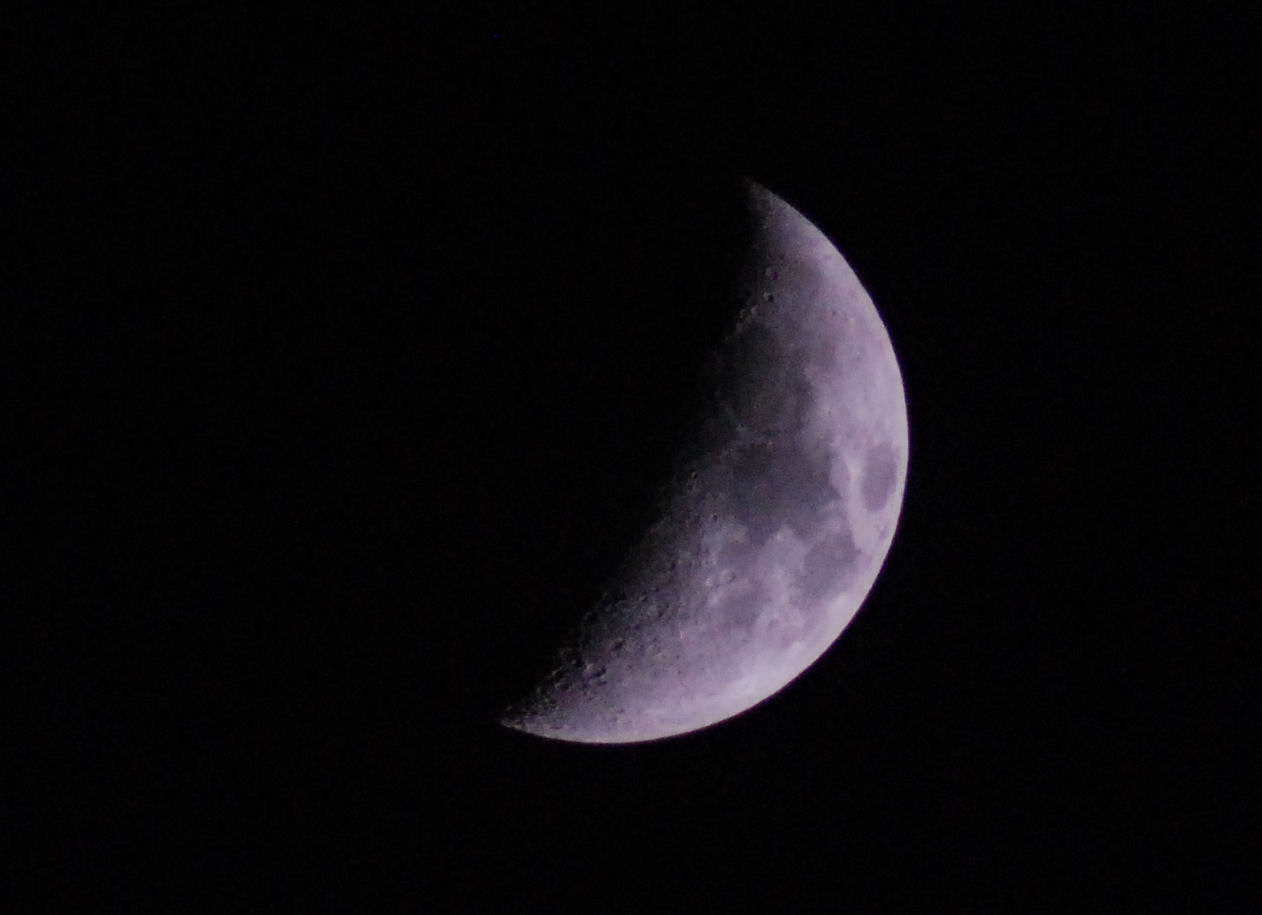
Davis: Get a tripod, of course. And don’t feel you need to climb to high ISOs with your camera; because you have the tripod, you can keep them lower than you might think. Also, don’t be shy about using a wide-angle if you want to get some foreground into the shot.
Mosley: Determine how serious you are about this. This is a hobby that can get expensive quick. As well, it can be quite demoralizing to buy the right gear, head out of the city on a 2+ hour road trip, when you get to your spot start hopping around and contorting yourself to set up the equipment, and then it’s all for not because clouds rolled in. Once you know how serious you’re going to take this, you can set your budget. You can get good shots of the Galilean moons of Jupiter with a $300 telescope and a point-&-shoot camera; or you can spend thousands of dollars on high end gear and motors that can make things easier and you can get deep space objects like galaxies or star clusters.
A good local resource for gear and advice is Company 7 in Laurel. It’s a great astronomy store with some incredibly smart people.
Benavente: Research and practice. In the wonderful technological times we are living in, there is a lot of information about how to do night photography, so find it and then practice and practice. Try different settings, take a look at the settings that others have used to get specific results. One very important thing to understand is how to find your ideal location according to the position of the rising moon. Last year someone saw a photo of the moonrise I took from Freedom Plaza, and went there the following night to try to do the same thing. It was a disappointing experience because of course, the time and azimuth of the moonrise were completely different. Another important thing to keep in mind: I’ve come back home with nothing to show because the weather didn’t cooperate! I have learned that if the weather is going to be “cloudy,” I don’t even think about leaving my house. From “clear” to “partly cloudy” are the best.
Suchak: Enjoy yourself and enjoy the view first. This kind of applies to all photography. Don’t get so wrapped up in the process that you don’t step back and enjoy the scene in front of you.
Exposed: Do you plan to photograph Comet ISON?
Yabut: I’m definitely planning to shoot Comet ISON with my same low-tech equipment. It could be easier to deal with because it’s now a naked-eye object, so I might not have to worry about going too far away to get at least a decent shot. With encouraging news of the comet’s 2-magnitude outburst this week, I’m confident that I might not have to leave the city, but Observatory Park would be a good location, though the comet’s low altitude around perihelion might make that a little more difficult.
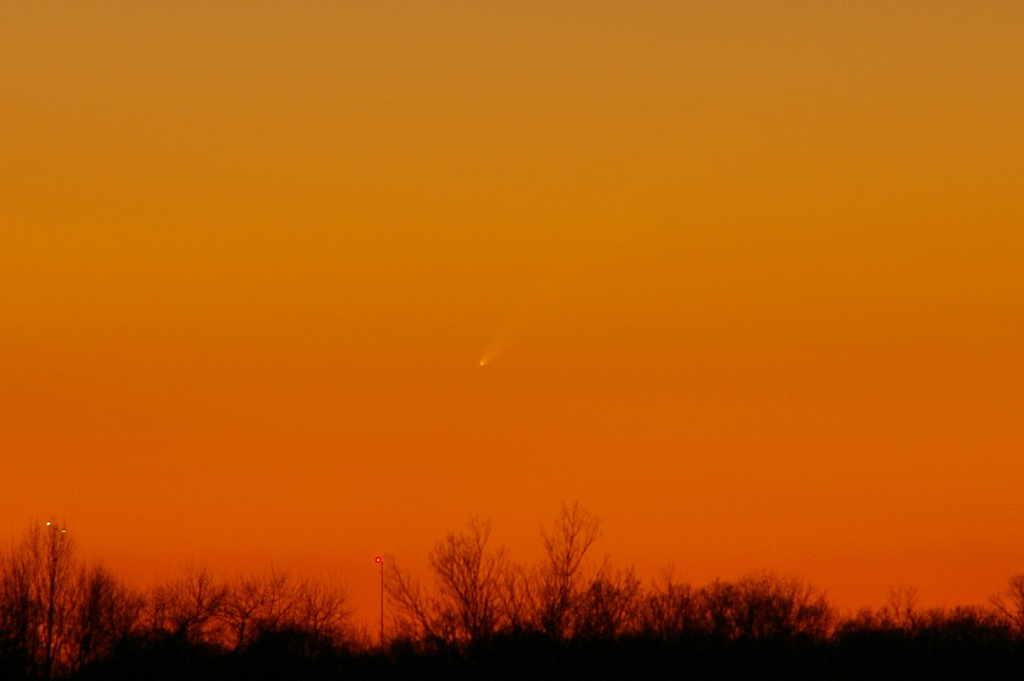
Mosley: I don’t have the means of finding a good, dark night sky in the area, so I’ll have to start looking for a good hill or tall building nearby. Always get as high into the atmosphere as you can, that way there’s less of it! Once I figure out location, I’ll probably just set up my SLR and 300mm lens (or my 200mm f/2.8); simple is easier.
Benavente: I am definitely planning to do it and I’ll use the same equipment I’ve described above. I’m still studying different possibilities regarding location, but for now I’m thinking about somewhere where I could see the sunrise, since I know that the comet is getting closer to the sun. This will be my first time photographing a comet, so I’m following my own advice: looking for information online, photos, settings, monitoring the weather and getting ready for the cold and the early wake up! Apparently the best time to photograph the comet is an hour before sunrise.
Suchak: I am very lucky to work at a university with an observatory. I am going to try and use their telescope with a camera adapter to observe it and photograph it.
There are several colleges in this area that have observatories, so you might inquire as to whether they have community viewing hours. Off the top of my head I know that Montgomery college in Rockville has a beautiful brand new observatory that has public hours twice a month, usually on Fridays.
—-
As a final note, there are some great night sky apps available — Star Walk for iPhone is my go-to, and I use Stellarium on my desktop for visual research. Ready to try it yourself? Let us know and put your shots in our Flickr pool — we’ll feature or tweet out the best ones. Got more advice or questions? Leave them in the comments and we’ll get you an answer!